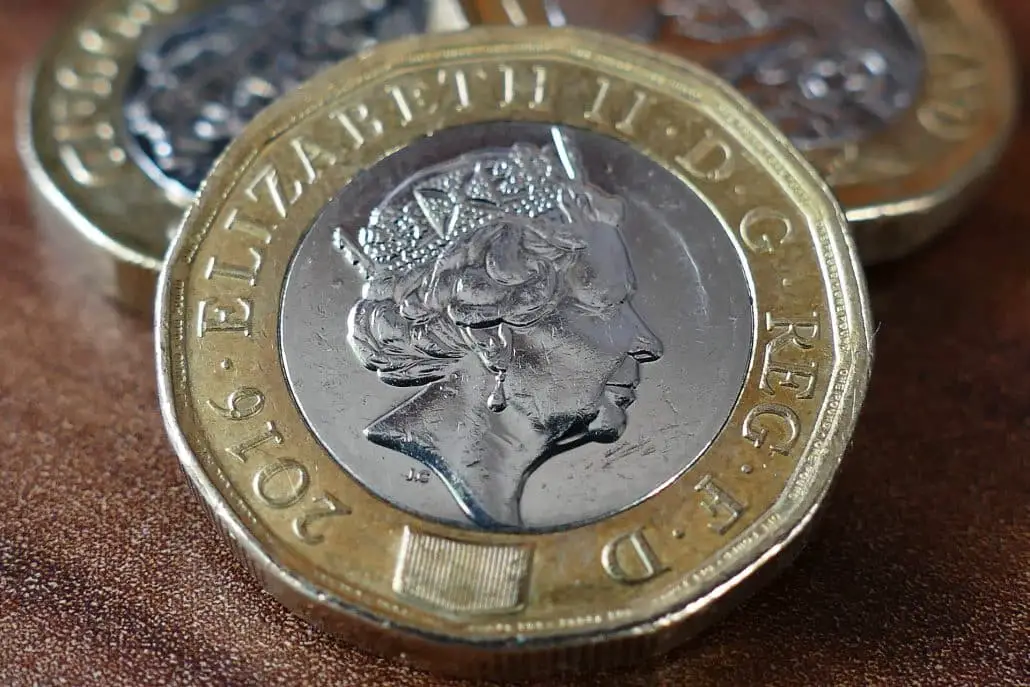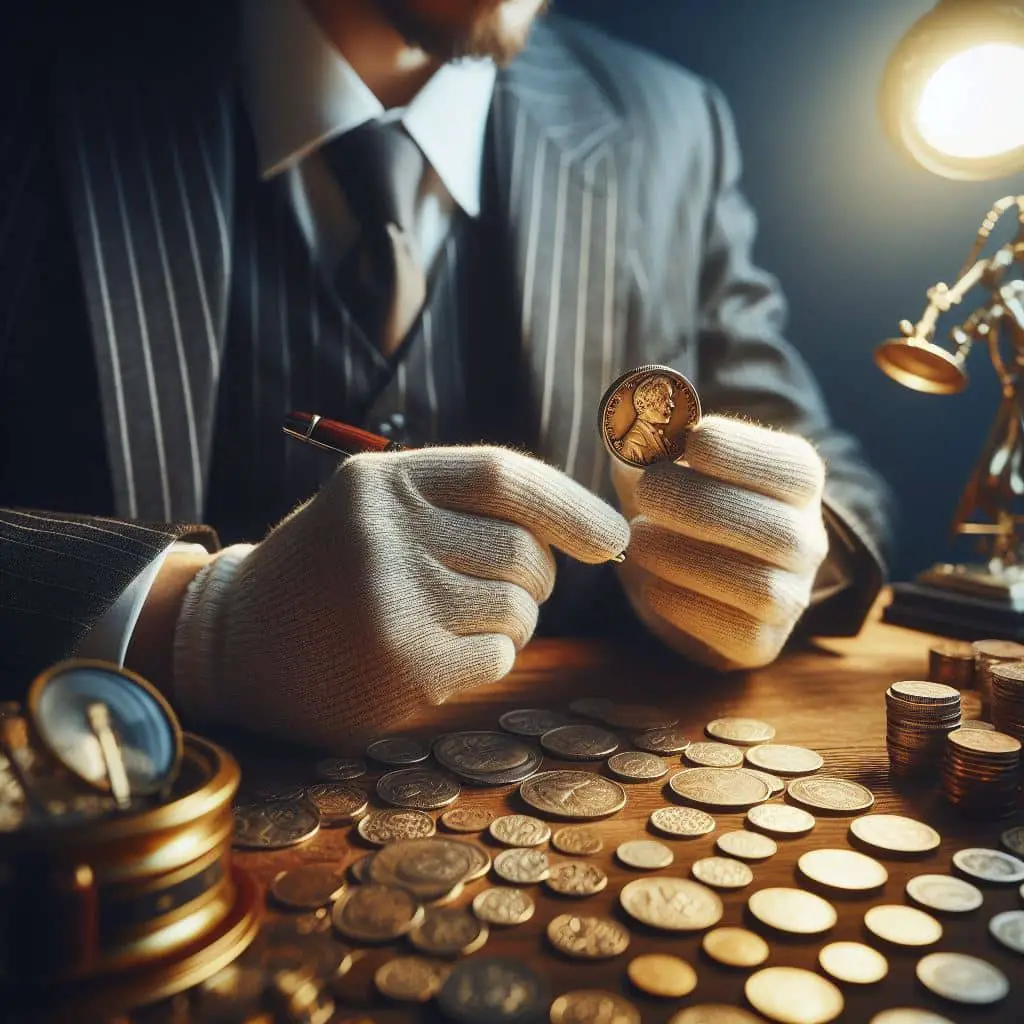Coins have been a significant part of human history, serving as a medium of exchange and a reflection of a nation’s culture and heritage. As a coin collector or enthusiast, understanding the grading system is crucial in assessing the value and quality of British coins. In this comprehensive guide, we will delve into the British coin grading system, exploring the factors used to determine a coin’s condition, its corresponding descriptive terms, and how this knowledge can enhance the value of your coin collection.
1. Introduction to Coin Grading
Coin grading is the process of evaluating a coin’s condition and assigning it a grade that indicates its quality. The British coin grading system employs descriptive terms such as “Fine,” “Very Fine,” “Extremely Fine,” and “Uncirculated” to classify coins based on their wear and tear, sharpness, and effigy definition. This grading scale differs from the numerical Sheldon Scale used in other grading systems.
2. The British Coin Grading System
The British coin grading system provides collectors and investors with a standardized way to assess the condition and value of coins. Let’s explore the various categories within this system created and approved by the Royal Mint:
2.1 Fine
A coin graded as “Fine” exhibits moderate to considerable wear. The design details may appear slightly worn, and the coin’s surface may display minor scratches or nicks. Despite the signs of circulation, the coin remains intact and legible.
2.2 Very Fine
Coins in the “Very Fine” category show less wear compared to “Fine” coins. The design elements are more defined, and the coin’s surface may have a few minor scratches or blemishes. Overall, the coin retains its original features and is visually appealing.
2.3 Extremely Fine
Coins classified as “Extremely Fine” showcase minimal wear and possess distinct design details. The coin’s surface is mostly free from scratches or marks, with only minor imperfections visible under close inspection. These coins are highly sought after by collectors due to their exceptional condition.
2.4 Uncirculated
“Uncirculated” coins are in pristine condition, displaying no signs of wear or circulation. These coins have sharp details and a lustrous appearance, as if they were just minted. Uncirculated coins are often the most valuable and desirable additions to a coin collection.

3. Factors Affecting Coin Grading
Several factors are taken into account when grading British coins. Understanding these factors will help you assess a coin’s condition accurately:
3.1 Wear and Tear
Wear and tear refer to the damage a coin sustains from circulation or improper handling. The extent of wear on a coin’s surface, particularly on high points, is a crucial factor in determining its grade.
3.2 Sharpness of Design
The sharpness of a coin’s design elements, such as inscriptions, portraits, or motifs, is another essential aspect of grading. Well-defined details indicate a higher grade, while worn or indistinct features may lower the coin’s grade.
3.3 Effigy Definition
Effigy definition specifically concerns the quality and clarity of the monarch’s or historical figure’s depiction on the coin. A clear and well-defined effigy contributes to a higher grade, as it reflects the coin’s originality and overall condition.
3.4 Surface Quality
The surface quality of a coin refers to its overall appearance, including the presence of scratches, marks, or discoloration. Coins with fewer blemishes and a smooth surface tend to receive higher grades.
4. Enhancing Coin Value and Preservation
Now that we have a solid understanding of the British coin grading system, let’s explore some practices to preserve and enhance the value of your coin collection:
4.1 Proper Storage
Proper storage is crucial in maintaining the condition of your coins. Consider using coin holders or capsules made from materials that do not react with the metal. Avoid touching the surface of the coins directly to prevent oil and dirt transfer.
4.2 Handling with Care
When handling coins, always hold them by the edges to minimize the risk of fingerprints or accidental damage. Using cotton gloves or a soft cloth can further protect the coin’s surface from potential harm.
4.3 Avoid Cleaning
While it may be tempting to clean coins to restore their shine, it is generally advised against. Cleaning can potentially damage the surface of the coin and diminish its value. Consult with a professional numismatist before attempting any cleaning procedures.
4.4 Regular Inspection
Regularly inspect your coin collection to identify any signs of deterioration or damage. Early detection allows for prompt action, such as seeking professional conservation services if necessary.
5. Investing in Graded Coins
Graded coins hold great appeal to collectors and investors alike. The assurance of authenticity and the detailed assessment of a coin’s condition provided by professional grading services make graded coins highly sought after. When considering investing in graded coins, keep the following points in mind:
- Research the market demand and historical performance of the coins you are interested in.
- Take note of any potential rarity or historical significance that could affect the coin’s value.
- Consult with reputable dealers or numismatic experts to ensure you make informed investment decisions.
7. Conclusion
Understanding the British coin grading system is essential for collectors and investors to accurately assess the value and quality of their coins. By familiarizing yourself with the descriptive terms used in the grading process and following proper storage and handling practices, you can preserve your coin collection’s value and ensure its longevity for future generations to appreciate. Whether you are a seasoned collector or just starting your numismatic journey, the knowledge gained from coin grading will undoubtedly enhance your appreciation and enjoyment of British coins.
